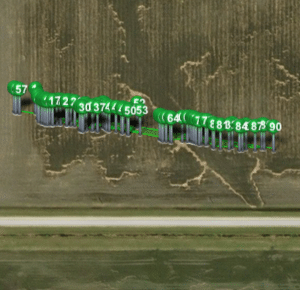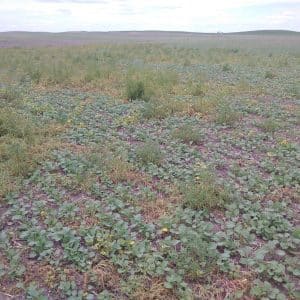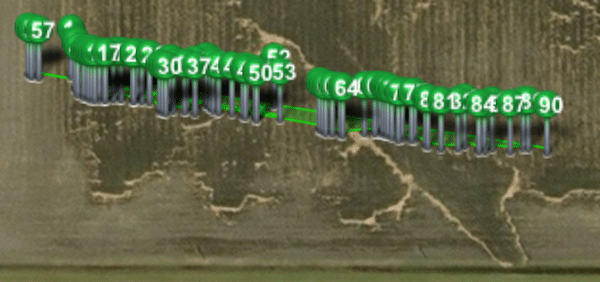With herbicide applications winding down, this is a good time to scan fields for suspicious weeds that escaped the management effort. Escapes have a number of potential causes:
- The sprayer missed a patch. (Does the patch include many species of weeds and have a shape like a sprayer miss?)
- The herbicide applied has limited activity on a particular weed. (Double-check the weeds on the product label.)
- Herbicide rates and/or water volumes were too low to provide control on a particular weed. (In this case, you may have these weeds showing up all across a field.)
- Weeds were already too large for label rates. (Escapes may show some leaf damage but not enough to kill the plant.)
- Weeds emerged after the herbicide application. (Are escapes small enough for this to make sense?)
- Weeds are resistant. (Were some of those weeds killed but an odd-shaped patch or a few random weeds were not? This could be a clue.)
If escapes are large in number and if weeds and crop are still at appropriate stages for another application, it may be worth a second herbicide application if the economic return is likely.
If escapes are in a small patch, spot spraying, mowing or hand roguing may be the best way to get rid of them before they set seed. Immediate and thorough removal of the patch is highly recommended if these weeds are potentially herbicide tolerant.
Glyphosate-resistant kochia
Glyphosate-resistant kochia is found in all three Prairie provinces. Kochia is a competitive weed. Densities of 21 kochia plants per m2 have caused yield losses in wheat of approximately 33%, while extreme infestations of 195 plants per m2 have reduced wheat yields by 73%.
Kochia seed production ranges from 15,000 to 25,000 seeds per plant. Kochia is often referred to as a “tumbleweed” because the stem breaks off at the base of the plant in the fall allowing it to roll across fields like a large ball, which is an important way of spreading its seeds. The photo shows a “patch” of kochia that spread along the tumbleweed path. A couple hours of hand roguing would have quickly reduced the problem before it got to the stage shown in photo two.


Kochia patches are hard to remove, even if kochia is not glyphosate resistant. The weed often takes over saline or otherwise marginal areas where crop barely grows anyway. Farmers may want to consider seeding kochia-infested areas to salt-tolerant perennial forage rather than continue to throw inputs at it.
Manitoba Agriculture weed specialist Tammy Jones shares management tips for glyphosate-resistant kochia in the video below. Link to the video.

